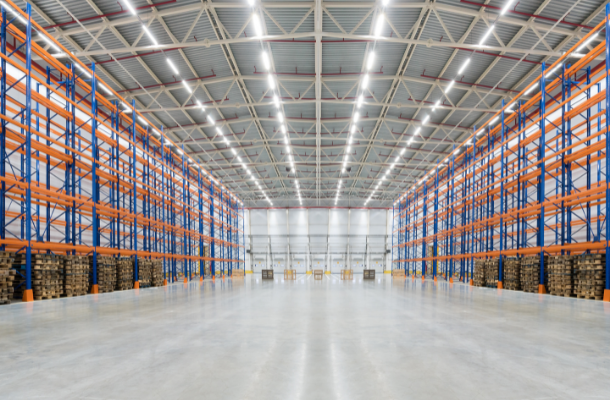It is often difficult to predict demand when it comes to e-commerce, regardless of whether you’re a small business or a large retailer. Changes in seasonality, customer behaviors, and other factors can cause tangible fluctuation in customer demand, which results in an inventory surplus or shortage. These consequences typically lead to backorder shipping operations. In the case of an inventory shortage, eCommerce businesses can allow customers to backorder from their future inventory as it becomes available.
What is backorder shipping in the e-commerce industry?
Backorder means that a product is unavailable for immediate purchase, but there is an upcoming restock date for it making it available in the future. This way, a buyer pays in advance for the item and waits for the product’s restocking or delivery. Many people confuse backorder with out-of-stock, however, these are not the same thing. While in both cases product is not available at the moment, out-of-stock means there is not a set time planned to restock, and no certainty if the item will ever be restocked. With backorders, there’s a defined date to replenish the stock and the option to purchase in advance.
Backordering is an effective solution to tame customer frustrations about stock availability. Instead of losing buyers and money because of inventory shortages, retailers offer this option to meet the demand. However, too many backorder orders can cause consolidation and inventory challenges, so it’s better to use them when demand hits unexpectedly. A well-planned inventory management strategy can help avoid an overabundance of backorders.
What leads to backorder shipping?
Backorders are often caused suddenly and rarely planned due to unpredicted factors, like product hype, an increase in seasonal demand, inbound supply issues, or mistakes in inventory planning. Here are some of the most common causes of backorder:
Surge in demand
A random surge of interest in products is usually what causes an unpredicted lack of stock in the e-commerce business. There are countless possible reasons for the surge, but usually, it happens due to seasonal interest (like Black Friday), or unexpected driven by advertising or viral trends. Severe demand fluctuations can also happen due to unforeseen events or accidental circumstances in the supply chain. We saw this occur throughout the pandemic. For example, there was a shortage of masks, hand sanitizer, and toilet paper at the start of the pandemic due to a sharp rise in demand.
Failed supply
Another common cause of backorders is issued with vendors and manufacturers within the supply chain. Supply chain challenges can happen due to random factors: issues solely on the supplier’s end, transportation problems, weather conditions, equipment breakage, etc. To avoid such situations, it is better to have a number of different suppliers in place to back the business up when one vendor fails to deliver items on time. A freight broker can often find quick solutions when these issues arise, so it is imperative to include that in your shipping strategy.
Poor fulfillment planning
Backorders aren’t always caused by global economic issues or the hype. Sometimes they are caused by inconsistent inventory management. In this case, backorders are predictable and preventable. To avoid this cause, your company can work with a 3PL to ensure you’re your transportation strategy always meets the demand for your products.
Best practices to avoid backorder shipping
Supplier diversity
To avoid supplier shortfalls, businesses should foster flexibility and diversity among their vendors. Relying on a narrow pool of vendors can put a significant strain on your supply chain. If the key supplier is having logistics issues as we saw during the pandemic, it’s reasonable to look for alternative supplying sources.
Well-planned fulfillment strategy
There are many parts of a successful inventory and fulfillment strategy. The one pivotal part is to create a safety stock and plan replenishments for most in-demand products to avoid backorders. It’s also important to have powerful order fulfillment capabilities to deliver the backorder when promised.
Analyze demand trends
Track sales trend regularly within your inventory and in the market to ensure you don’t out of products unexpectedly. Seasonal demands can be easily forecasted with the right approach to analytics. Although there will always be unexpected surges in the market, you can limit unnecessary backorder with a clear understanding of your internal inventory trends.
Shipping freight with PLS Logistics
Need help with your e-commerce logistics? Work with our experienced freight brokerage team to streamline your logistics strategy. Get A Free Freight Quote today!

